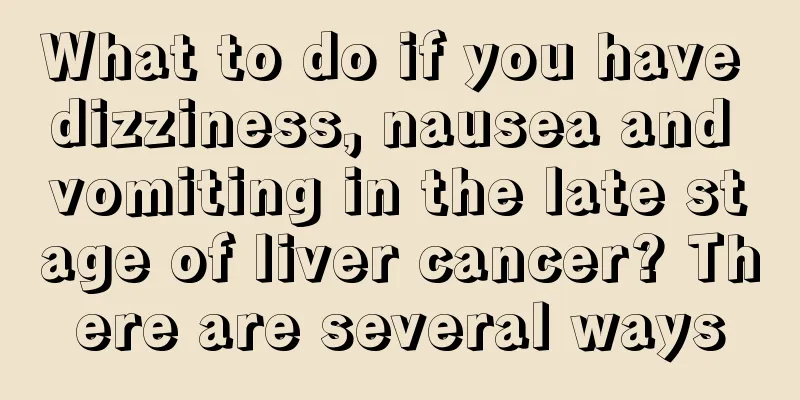How much Helicobacter pylori is considered excessive

|
In medicine, the most commonly used method for detecting Helicobacter pylori is the breath test, which is often called the carbon 13 and carbon 14 test. Both the carbon 13 and carbon 14 tests have a standard value. As long as the test result is negative, it means you are safe. If the test result is positive, then you are infected with Helicobacter pylori. So how much Helicobacter pylori is considered to be above the standard? The standard for the Helicobacter pylori carbon 14 urea test is a positive value of over 100 dpm. Your test value is 700 dpm, which does not mean that you are infected. In fact, more than 60% of people have Helicobacter pylori in their bodies, so you don’t have to worry. Triple therapy can be used for treatment, specifically lansoprazole + amoxicillin + clarithromycin can be used for treatment. Amoxicillin and clarithromycin were used for 7 days, and lansoprazole was used for 2 weeks. Go for a follow-up check-up 1 month after stopping the medication. Eat an easily digestible diet. It has been confirmed that Helicobacter pylori infection is the main factor in the development of active gastritis or ulcer. However, not all Helicobacter pylori-positive cases require treatment. If there are symptoms of related gastritis or ulcers, or if gastroscopy shows gastritis or ulcers, active treatment can be given. If not, no treatment is needed. Prevention methods 1. Avoid cluster infection To prevent Helicobacter pylori, family cluster infection with Helicobacter pylori should be avoided. It is understood that Helicobacter pylori infection has a tendency to cluster in families. In addition, the probability of parents infecting their children is relatively high. People infected with Helicobacter pylori are advised to actively prevent their family members from being infected. 2. People infected with Helicobacter pylori generally have oral problems such as bad breath. Therefore, for those who are negative for Helicobacter pylori infection, it is imperative to maintain oral health. This has laid a corresponding preventive foundation for how to prevent Helicobacter pylori in the future. 3. To prevent Helicobacter pylori, it is not suitable to eat raw food. Studies have confirmed that Helicobacter pylori can survive in tap water for 4-10 days and in river water for up to 3 years. Therefore, one of the key points in preventing Helicobacter pylori is not to drink water raw or eat raw food. 4. Tableware and utensils should be disinfected regularly. Experts remind that in addition to regular disinfection of tableware and utensils, tableware with severe scratches should also be regularly eliminated and replaced. Especially for children and the elderly with weak constitutions, they should try to use stainless steel tableware that can be sterilized at high temperatures, and use public chopsticks at gatherings and disinfect meals to avoid diseases entering the body through the mouth and affecting their health. Try to use high temperature for disinfection. A common method is to use a disinfection cabinet to disinfect daily tableware: for example, the high temperature disinfection of a disinfection cabinet can reach 125'C, which can kill most germs and is suitable for most tableware. |
<<: Helicobacter pylori detection
>>: Diffuse echogenic changes in the thyroid gland
Recommend
Judging your physical health from the parts where you sweat
Studies have shown that there are about 3.3 milli...
How long after surgery can I dye my hair
Nowadays, many women like to dye their hair into ...
Can expired honey be used on the face?
If we buy honey but fail to eat it in time, it wi...
What is the reason for rubella virus IgG positive
Rubella virus is a very common infectious virus, ...
What is the production process of fake jade?
There are a lot of jade jewelry on the market now...
What are the dangers of glioma
Glioma is a common tumor and has become one of th...
The main causes of joint stiffness
Joint stiffness means that normal joint rotation,...
What to do if you have a fever
Every summer, because the weather is changeable a...
What should patients with kidney cancer pay attention to after surgery?
Kidney cancer is a cancerous disease that occurs ...
If you can’t finish eating, grow it and turn the leftovers into potted plants
Who says that only flowers and plants can decorat...
Nervous System Anatomy
The nervous system is the dominant system in the ...
Silver nitrate reacts with hydrochloric acid.
Most people start learning about chemistry in jun...
Brief analysis of the early symptoms of cardia cancer
Many people may be unfamiliar with cardia cancer....
My chin is swollen and hard several months after I had it done
In this society where appearance is everything, m...









